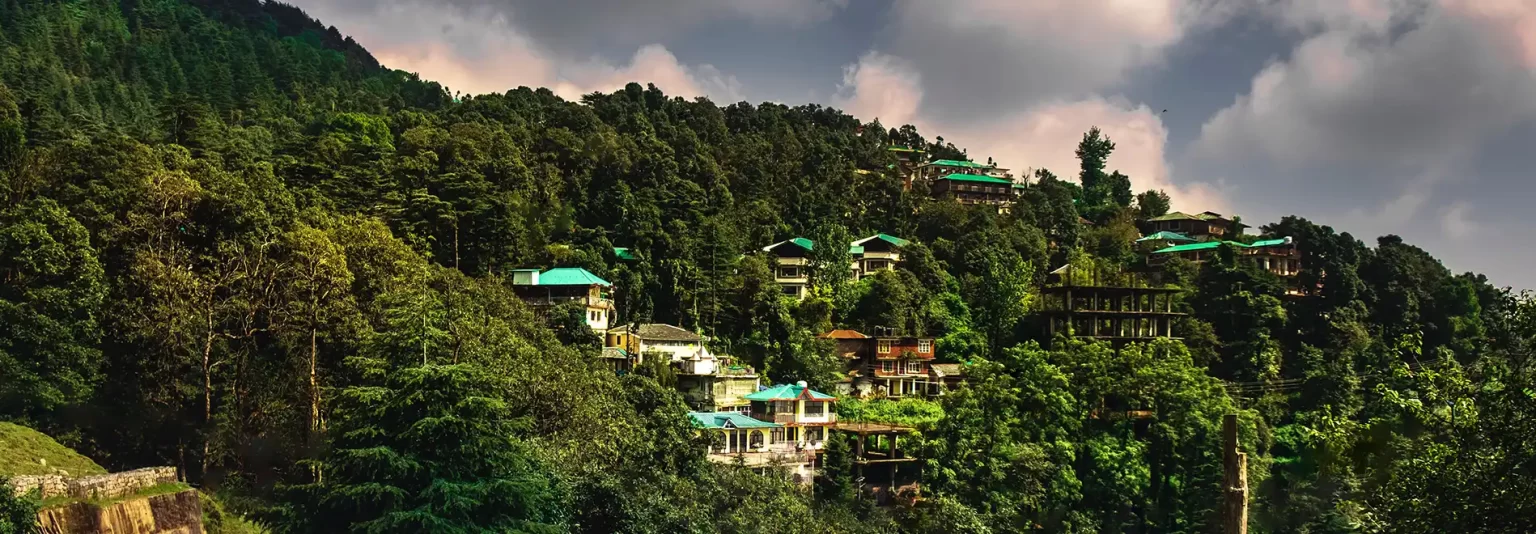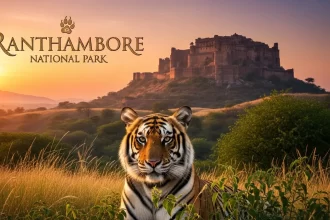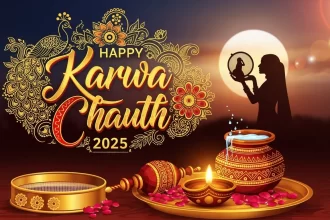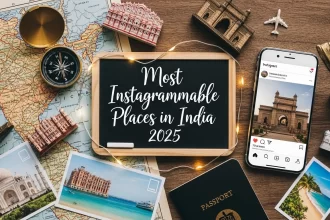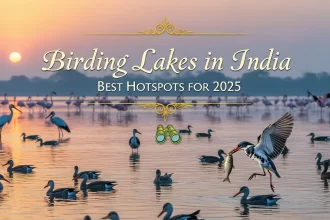Exploring Himachal Pradesh: A Complete Guide to Its Beauty, Culture, and Must-Known Facts
Himachal, a breathtaking northern Indian state, is paradise for nature lovers, adventure lovers, and culture lovers. Set in the lap of the Himalayas, Himachal boasts breathtaking landscapes, rich cultural heritage, and serene surroundings that attract millions of tourists annually. This travel guide to Himachal explores extensively why it is renowned, when to travel there, specialties of the place, signature foods, religious importance, and much more. In case you plan to visit there or are interested in visiting there, this travel guide to Himachal is your one-stop resource.
Why Is Himachal Famous For?
Himachal is renowned for its picturesque Himalayan mountains, verdant valleys, and adventure sports of trekking and skiing. The state is a tourist paradise of snow-covered mountains, like Shimla and Manali, and peaceful hill resorts like Dharamshala and Kasauli. Himachal is also famous for its cultural heritage, which goes back centuries and features centuries-old temples and festivals and their firm roots. Its nickname of “Dev Bhoomi” (Land of Gods), which speaks of its religious significance, puts Himachal Pradesh in every traveler’s wish list.
What Is Very Well-Known in Himachal Pradesh?
Himachal’s best-known feature is Rohtang Pass, a breathtaking mountain pass near Manali, with skiing and some fantastic scenery. The other site to visit is the toy train from Kalka to Shimla, which is a UNESCO World Heritage Site and which meanders through hills of stunning beauty. Himachal also boasts apple orchards, particularly in and around Kullu and Kinnaur, which yield some of India’s finest apples. The Dalai Lama’s residence in McLeod Ganj adds to Himachal’s cultural as well as natural heaven tag.
Which Is the Best Time to Visit Himachal?
The best time to visit Himachal varies according to your interest. For snow and skiing, December to February is the time, with the temperature as low as -5°C in the higher reaches such as Manali and Shimla. March to May with a temperature of 10°C to 25°C is the time for touring and seeing flowering valleys of Himachal. June to September (monsoon season) provides greenery but landslides, hence not so advisable. Fall (October to November) is also dry and sunny, and hence this becomes the most popular time to visit Himachal.
What Is the Speciality in Himachal?
Himachal is so diversified in its appeal. Adventure sports such as paragliding in Bir Billing and river rafting in Kullu are Himachal’s hallmark. Its handicrafts, such as Kinnauri shawls and Chamba rumals, are masterpieces. Himachal is renowned for its traditional wood architecture, in the form of ancient temples and houses, and organic agriculture, which yields apples, hops, and medicinal herbs. All this blend of nature, adventure, and craftsmanship places Himachal in a unique position.
What Is 1 Famous Food of Himachal Pradesh?
Dham, a ceremonial meal eaten on occasions and festivals, is one of the most demanded dishes of Himachal. Dham is a multi-course dish consisting of lentil preparations such as madra, rajma, and chana, cooked with locally used spices and ghee. It is followed by rice, curd, and a sweet dish such as moong dal payasam. Made by a “botis” (home cooks), Dham says much about the gourmet traditions of Himachal and must be tried by foodies who visit the state.
Which God Is Famous in Himachal Pradesh?
Lord Shiva is the most worshiped God in Himachal, revered as the rescuer of the Himalayas. Shiva temples, such as the Bijli Mahadev Temple in Kullu, attract pilgrims in search of blessings. The religious identification of the state with Shiva is a consequence of its sobriquet, “Dev Bhoomi,” where most of the myths and legends about the god are common. Goddess Durga and Lord Rama are also revered, but Shiva enjoys some prominence in Himachal’s religious life.
What Is the Main Temple of Himachal Pradesh?
Himachal’s most significant temple is the Hidimba Devi Temple of Manali, which is devoted to Goddess Hidimba, the heroine of the Mahabharata. The 1553-built pagoda temple of ancient woodwork marvel is surrounded by a forest of cedar trees and is all the more mystical and beautiful. It ranks among the leading sites of pilgrimage and tourism of Himachal, frequented by pilgrims and tourists because of its architecture and religion. The May-June festival every year commemorates the goddess with vibrantly colored rituals.
Which Is the Queen of Hills in Himachal?
Shimla is also the “Queen of Hills” of Himachal due to its colonial beauty and picturesque location at 2,200 meters (7,218 feet). It was the erstwhile summer capital of British India, and it boasts attractions such as the Ridge, Christ Church, and the Viceregal Lodge. It boasts a charming climate, crowded Mall Road, and natural beauty, and it is a favorite hill station, and Himachal assumes the name of the Queen of Hills by tourists.
What Language Is Spoken in Himachal Pradesh?
The main language of Himachal is Hindi, which is used extensively for the purpose of communication and official work. Local languages such as Pahari, Kangri, and Kinnauri are prevalent too, reflecting the rich cultural heritage of the state. English is spoken in tourist areas such as Shimla and Manali as well, facilitating tourists to travel around in Himachal. The multilingual culture enriches the state’s rich fabric of traditions.
Himachal is a haven of natural beauty, cultural diversity, and religious fervor. From the top of snow-clad Manali to the colonial appeal of Shimla, the state has something for everyone. Its famous food like Dham, iconic temples like Hidimba Devi, and the title of “Queen of Hills” crown make Himachal unique. If you are looking for adventure, serenity or experience of local culture, this Himachal travel guide assists you in planning an experience-filled trip to remember in the Himalayan paradise.

